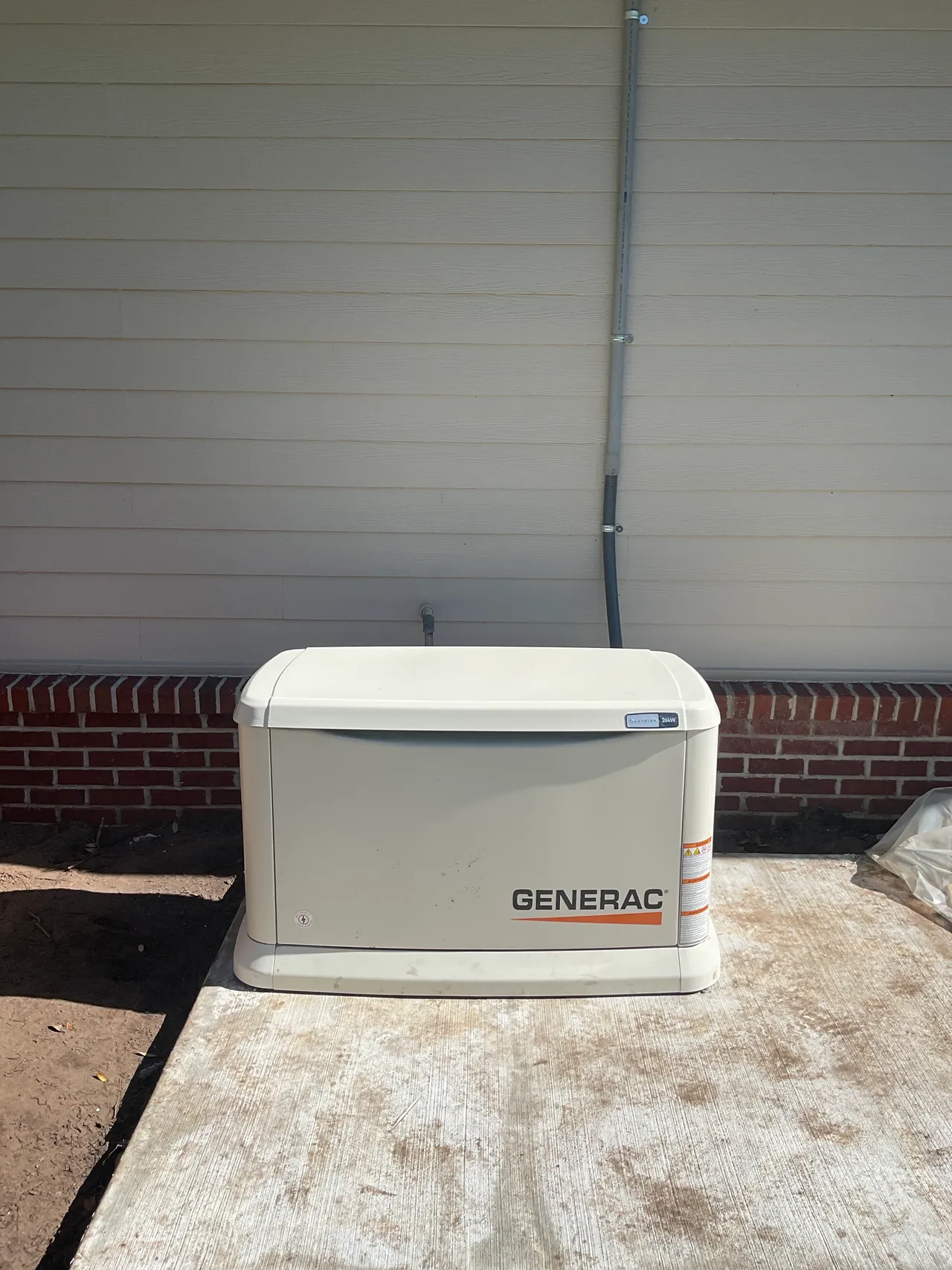In today’s world, electricity powers nearly every aspect of daily life—from cooking and cooling to charging our devices and running essential medical equipment. When the power goes out, the impact can range from inconvenient to downright dangerous. That’s why more homeowners are turning to home backup generators as reliable sources of emergency power.
But how exactly do these systems work? Let’s explore the mechanics and benefits of home backup generators so you can decide whether they’re the right fit for your home.
⚙️ Types of Home Backup Generators
Before diving into how they work, it’s important to understand the two primary types of backup generators for residential use:
1. Portable Generators
- Mobile and compact
- Run on gasoline, propane, or diesel
- Manually connected to essential appliances with extension cords
- Best for powering a few devices during short-term outages
2. Standby Generators
- Permanently installed outside your home
- Run on natural gas, propane, or diesel
- Connected directly to your home’s electrical system
- Automatically turn on during an outage to restore power
- Ideal for whole-house power during extended outages
⚡ How Standby Generators Work
Standby generators are the go-to choice for homeowners who want seamless, automatic backup power. Here’s how the system functions from start to finish:
✅ 1. Automatic Transfer Switch (ATS)
The ATS monitors your utility power 24/7. When it detects a power outage or voltage drop, it signals the generator to start immediately.
✅ 2. Generator Startup
The generator’s internal combustion engine starts, powered by your selected fuel source. These engines are similar to car engines and are designed for reliable, long-term use.
✅ 3. Electricity Generation
The engine drives an alternator, which produces electricity. The system stabilizes the power to match your home’s required voltage and frequency, ensuring a safe and smooth transition.
✅ 4. Seamless Power Transfer
Once the generator reaches operating speed, the ATS transfers your home’s electrical load from utility power to generator power. This happens in seconds, keeping essential systems running without interruption.
✅ 5. Active Monitoring & Safety
The generator continuously monitors performance, checking for irregularities like voltage spikes or overheating. If utility power is restored or a fault is detected, the system will automatically shut down or switch back.
✅ 6. Power Restoration & Cool-Down
When the grid comes back online, the ATS transfers power back to utility service. The generator goes through a brief cool-down cycle before returning to standby mode—ready for the next outage.
🌟 Benefits of Installing a Home Backup Generator
🔋 Uninterrupted Power
Keep your refrigerator, HVAC system, lights, medical devices, and more up and running—even during severe weather or grid failures.
🔑 Hands-Free Operation
The automatic startup and transfer system means no fumbling for flashlights or dragging out extension cords in the dark.
🏠 Increased Home Value
A professionally installed generator can increase your property’s resale value and appeal to buyers looking for built-in peace of mind.
😌 Reliable Protection
Especially important in Florida, where storms and hurricanes are frequent, backup generators provide safety, comfort, and security for your family.
🔧 Trust the Pros at Current Electrical Contractors
At Current Electrical Contractors, we specialize in standby generator installations for homes throughout Jacksonville, FL. We’re fully licensed and insured, and we bring decades of experience to every project.
📞 Call us today at 904-891-7050 to schedule your generator installation or inspection.
📸 See one of our recent installs here:
👉 Project Spotlight – Week of April 1, 2024
Let us help you protect your home, family, and comfort—no matter the weather.

